-
Badjelly The Witch by Spike Milligan (1973)
“Badjelly The Witch” is better known as a radio play than as a picture book, at least to any New Zealand child of the 80s. There wasn’t much in the way of media entertainment back then, and I looked forward to Radio New Zealand’s Sunday morning children’s show with Constable Keith and Sniff the German […]
-
I Don’t Feel At Home In This World Anymore
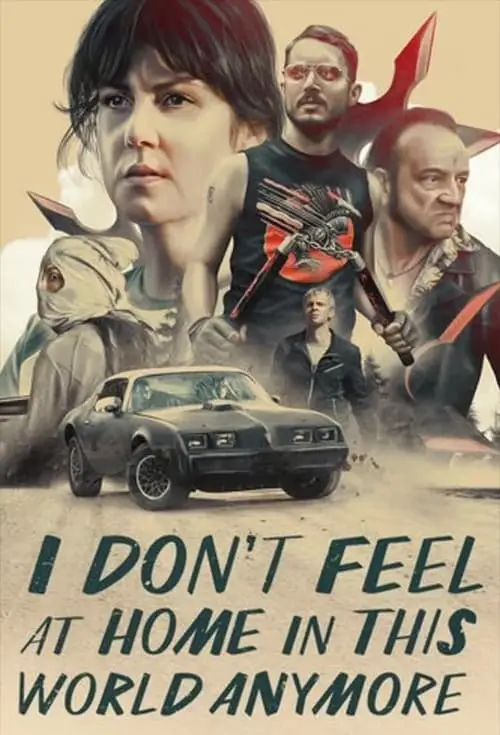
Here’s what happens in the 2017 indie American film I Don’t Feel At Home In This World Anymore: When a depressed woman is burgled, she finds a new sense of purpose by tracking down the thieves alongside her obnoxious neighbour. But they soon find themselves dangerously out of their depth against a pack of degenerate […]
-
Me and Earl and the Dying Girl (2015) Novel Study
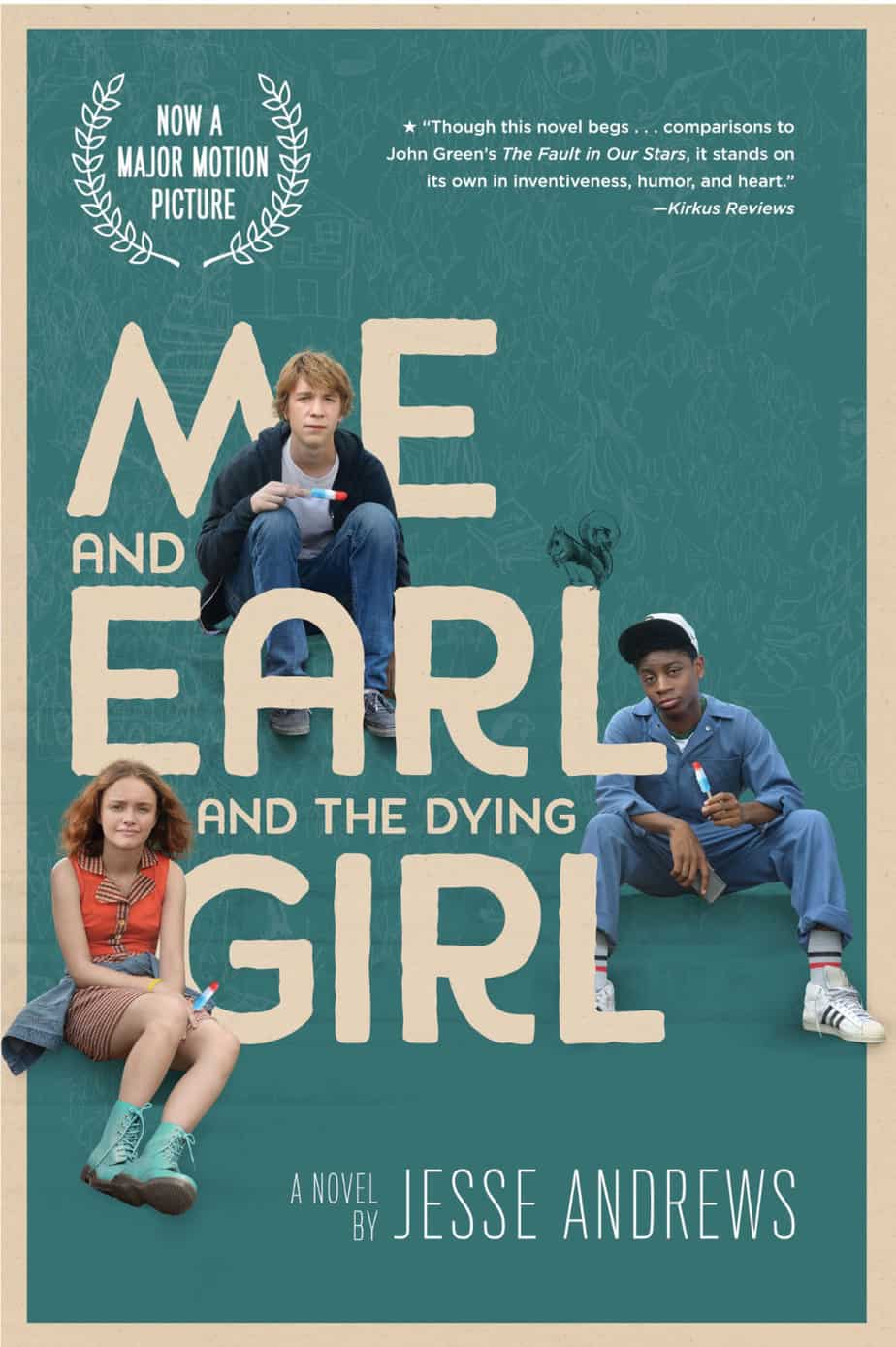
Me And Earl And The Dying Girl is a metafictive coming-of-age film based on a young adult novel by the same name. The book is an example of ‘sick-lit‘. Greg […] is coasting through senior year of high school as anonymously as possible, avoiding social interactions like the plague while secretly making spirited, bizarre films […]
-
Doctor De Soto by William Steig (1982) Analysis
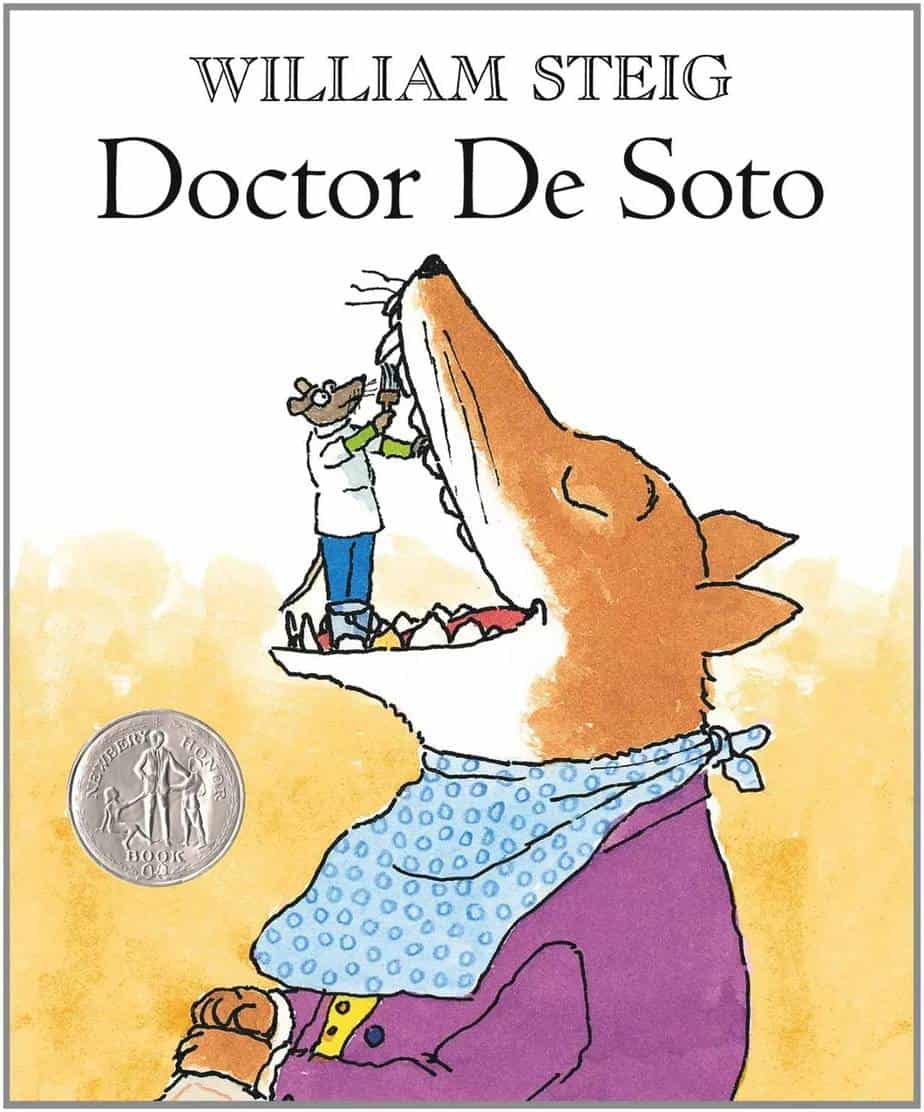
Doctor De Soto is an example of a picture book that owes a lot to Aesop, with the characterisation of the mice and the fox already firmly in place. Mice don’t play as prominent part in the fables as you might think, but foxes are one of the main five, along with countrymen, dogs, donkeys […]
-
The Paper Bag Princess by Robert Munsch and Michael Martchenko Analysis
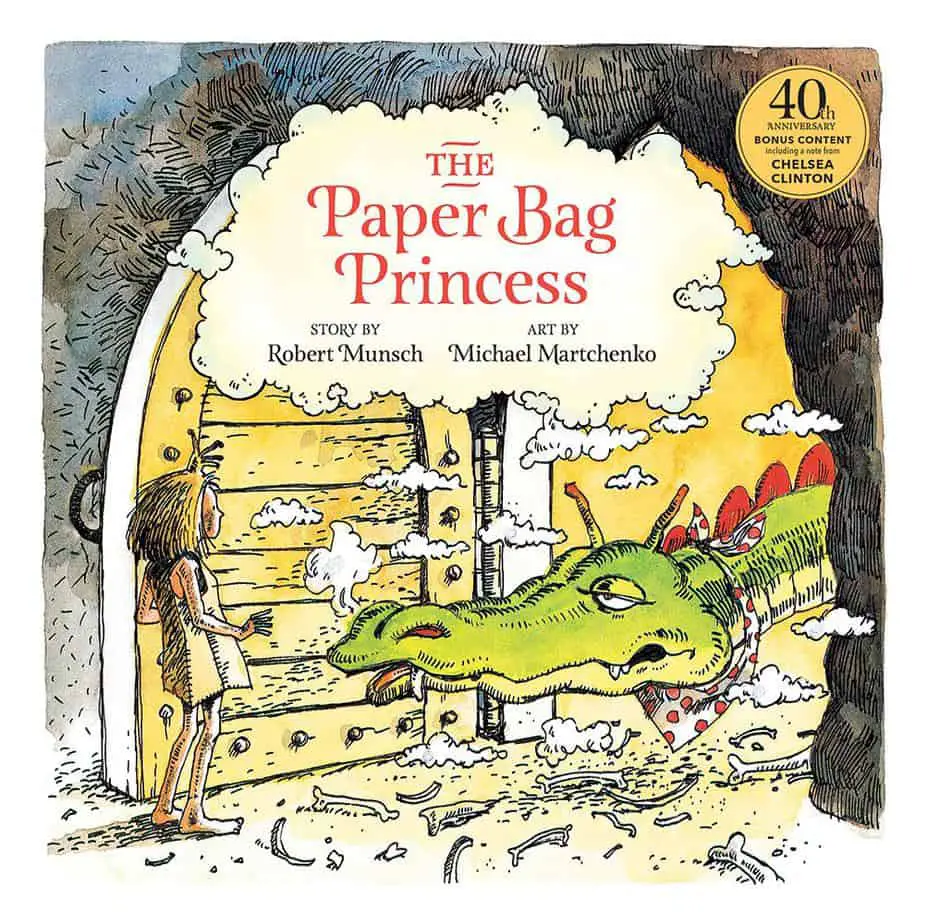
The Paper Bag Princess by Robert Munsch is another feminist picturebook from the 1980s in which a scruffy princess does not end up marrying the prince. In fact, it must be one of the earliest of its kind. It’s published in 1980 and remains one of Munsch’s most popular books.
-
The Do-Something Day by Joe Lasker (1982) Analysis
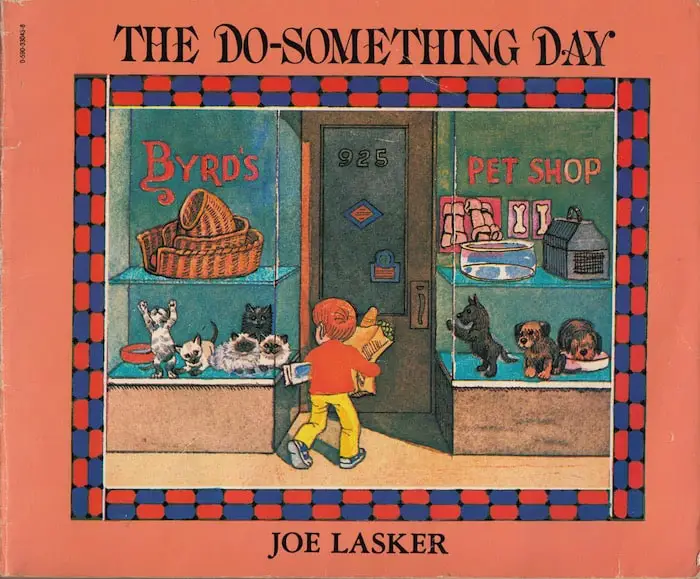
The Do-something Day is one of those didactic stories in which the parental figures are too busy working to play with their precious little children. In such stories, the child usually goes out and has their own adventure, or an elderly neighbour/grandparent steps in to fill the psychological need, which is loneliness/boredom. And that’s what […]
-
Stick Man by Julia Donaldson and Axel Scheffler Analysis
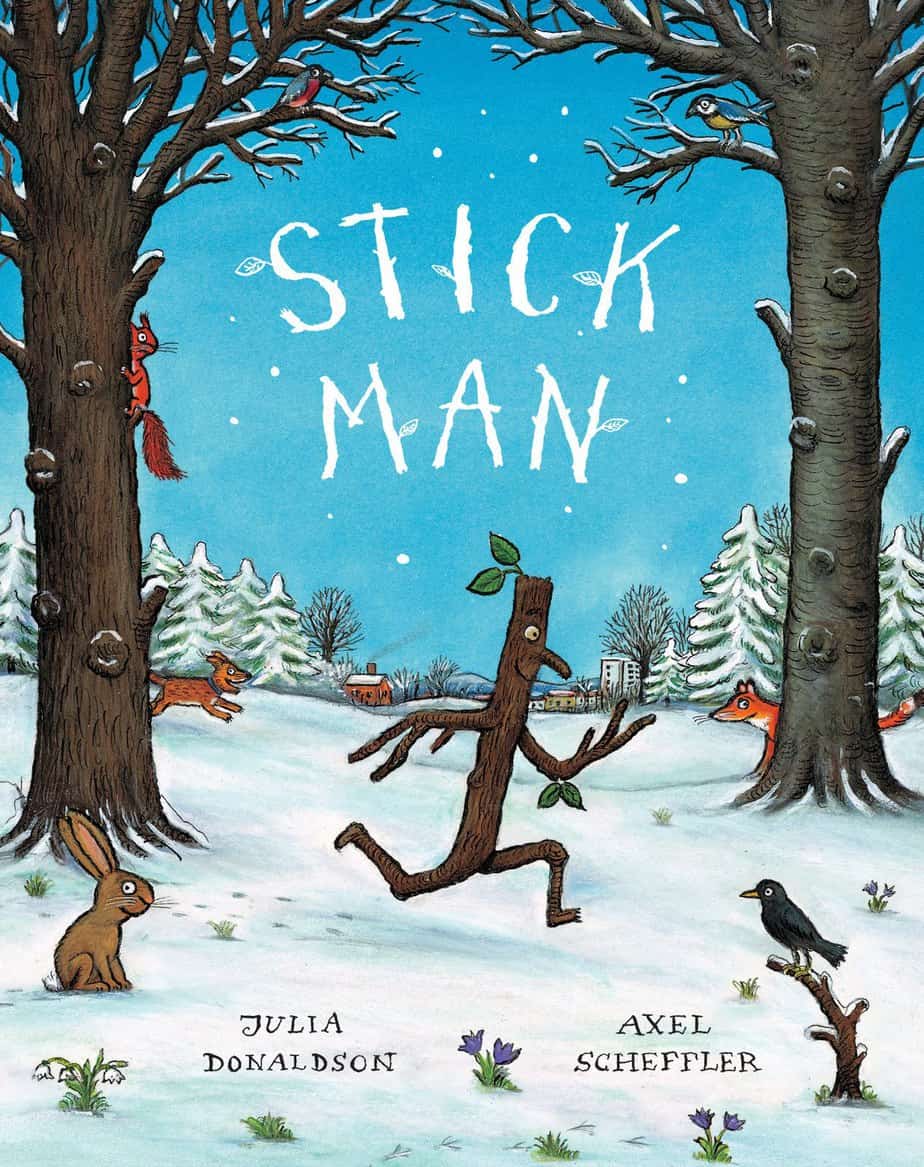
In Stick Man, an anthropomorphised stick ends up far away from his family tree when he is fetched by a dog, thrown by a child, used as a snowman’s arm, and even put on a fire, but finally, Santa Claus steps in to make sure that Stick Man and his family have a joyous Christmas. Julia […]
-
Where The Wild Things Are by Maurice Sendak Analysis
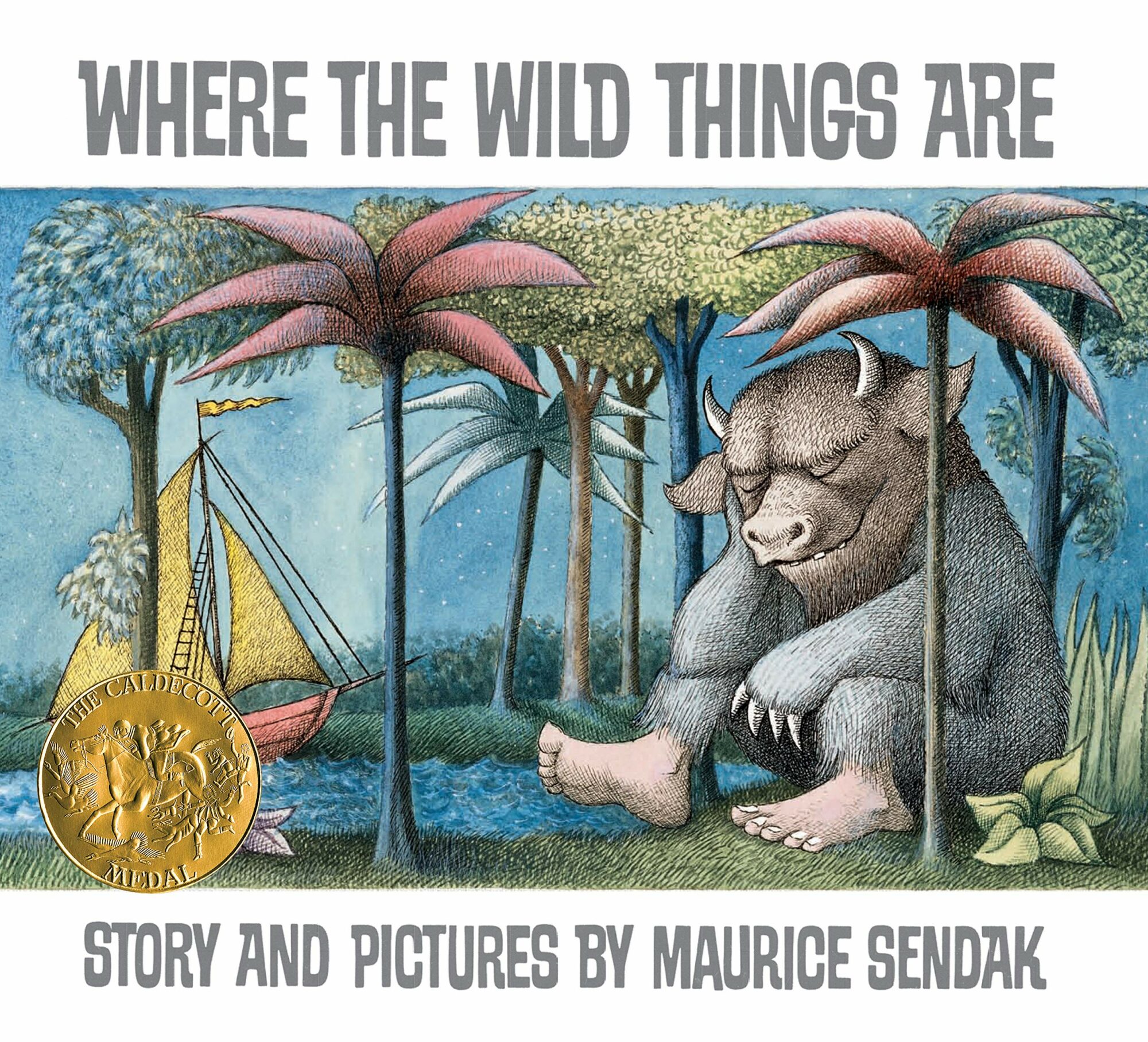
“Where The Wild Things Are” by Maurice Sendak is the picture book that changed picture books forever. The picture book began to be understood, after Maurice Sendak, as something extraordinary – a fusion of images and limited vocabulary which authors such as Julia Donaldson, Lauren Child, Alan and Janet Ahlberg, Emily Gravett and more have turned […]
-
Shapes of Plots In Storytelling
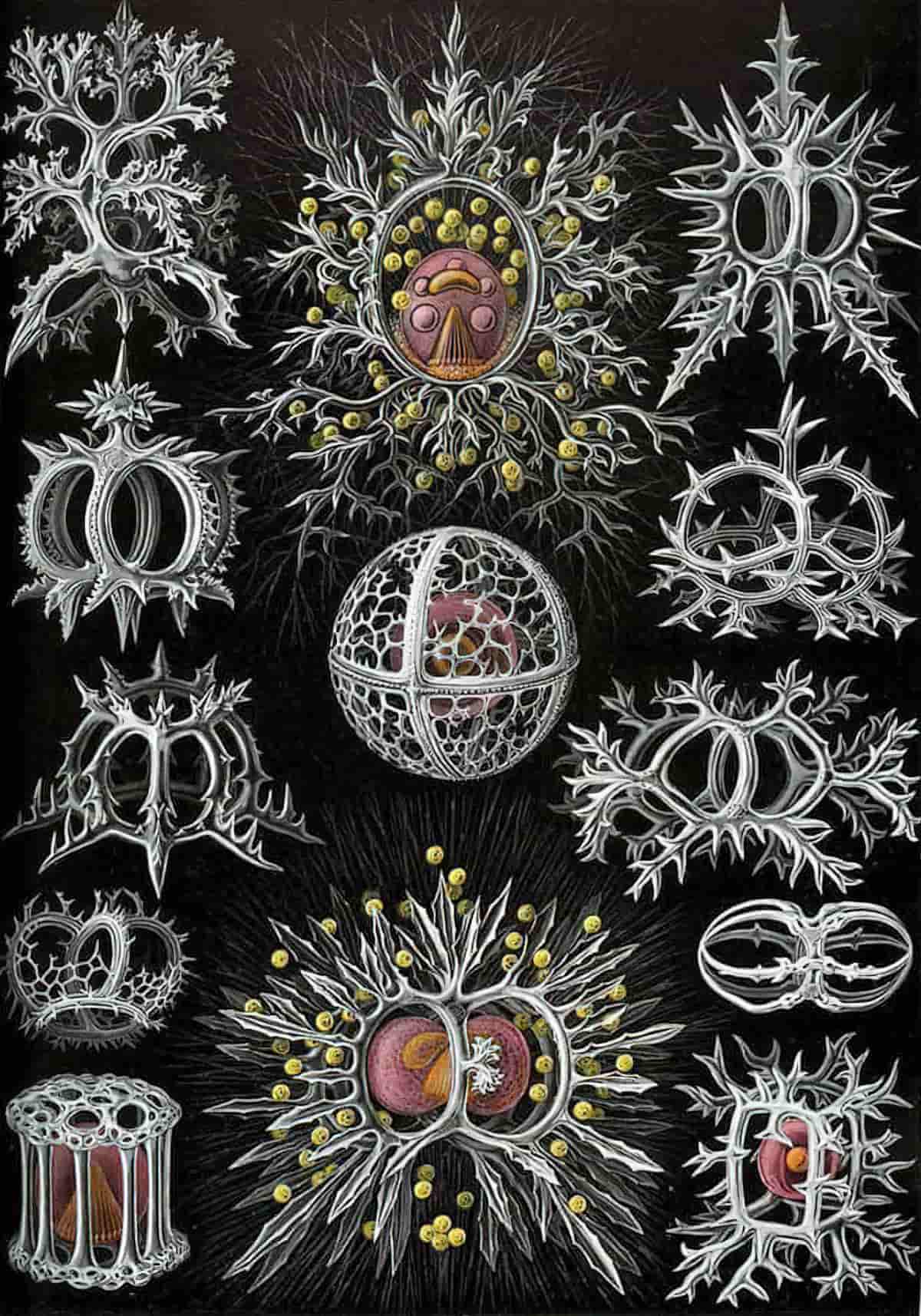
The success of a novel is only five percent about the structure and ninety-five percent about the quality of the writing. Elizabeth Lyons, Manuscript Makeover Younger writers should be experimenting with form as well as material, like a water-seeker with a divining rod. We are “haunted” by experiences, images, people, acts of our own or […]